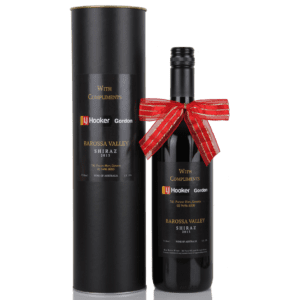Home » Wine Packaging Explained: A Guide to Storing and Displaying Wine
Wine Packaging Explained: A Guide to Storing and Displaying Wine

Wine, the elixir of celebration and sophistication, demands packaging that not only safeguards its integrity but also reflects its prestige. Whether you’re a winery owner, retailer, or wine enthusiast, understanding the intricate world of wine packaging is essential to preserving the quality of the wine and enhancing its allure. In this comprehensive guide, we explore the nuances of wine packaging, from its functional aspects to its role in brand identity and consumer experience.
The Art and Science of Wine Packaging
Wine packaging is an art that marries aesthetics with functionality. It involves creating packaging solutions that maintain the wine’s freshness, prevent oxidation, and protect it from temperature fluctuations. At the same time, packaging must capture the essence of the wine and convey the story of the vineyard and winemaking process.
Unveiling the Types of Wine Packaging
Wine packaging encompasses a variety of solutions tailored to different purposes:
- Glass Bottles: The classic choice for storing wine, glass bottles come in various shapes and sizes, each contributing to the overall wine experience. The choice of closures, such as corks or screw caps, can impact the aging process and flavor profile.
- Bag-in-Box: Offering convenience and longevity, bag-in-box packaging keeps oxygen exposure to a minimum, ensuring the wine stays fresh for an extended period after opening. This option is ideal for everyday wines.
- Cans: An emerging trend, canned wine packaging is convenient and eco-friendly. Cans are portable, lightweight, and perfect for outdoor events and picnics.
- Wine Pouches: Combining the benefits of bag-in-box and portability, wine pouches are gaining popularity. They offer a versatile option for single servings or on-the-go enjoyment.
- Luxury Packaging: Premium wines often come in elaborate packaging that exudes opulence. These packages may include custom boxes, embossing, foil stamping, and unique closures.
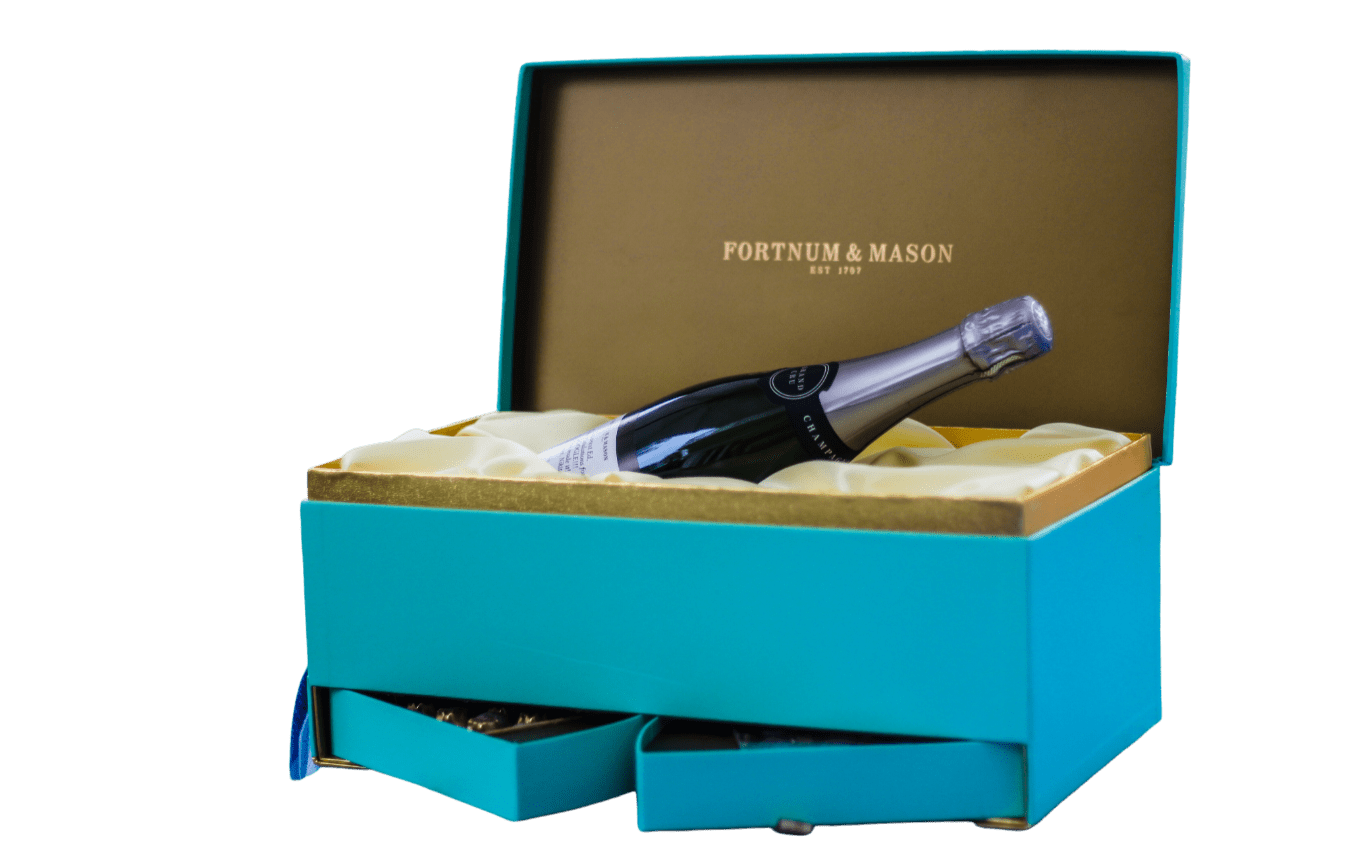
Packaging’s Role in Brand Identity
For wineries, packaging is an extension of brand identity. The label design, choice of materials, and packaging aesthetics contribute to the perception of the wine’s quality and the winery’s values. Cohesiveness between the wine’s story, label design, and packaging creates a memorable and impactful brand experience.
Sustainability and Wine Packaging
As environmental consciousness grows, wineries are increasingly adopting sustainable packaging solutions. This includes lightweight bottles, recycled materials, and eco-friendly closures. Sustainable packaging not only aligns with consumer values but also reduces the winery’s carbon footprint.
Wine Packaging and Consumer Experience
Wine packaging significantly influences the consumer experience, from the moment they see the bottle on the shelf to the act of opening and pouring the wine. Packaging that engages the senses through tactile finishes, visually appealing designs, and informative labels enhances the overall enjoyment of the wine.
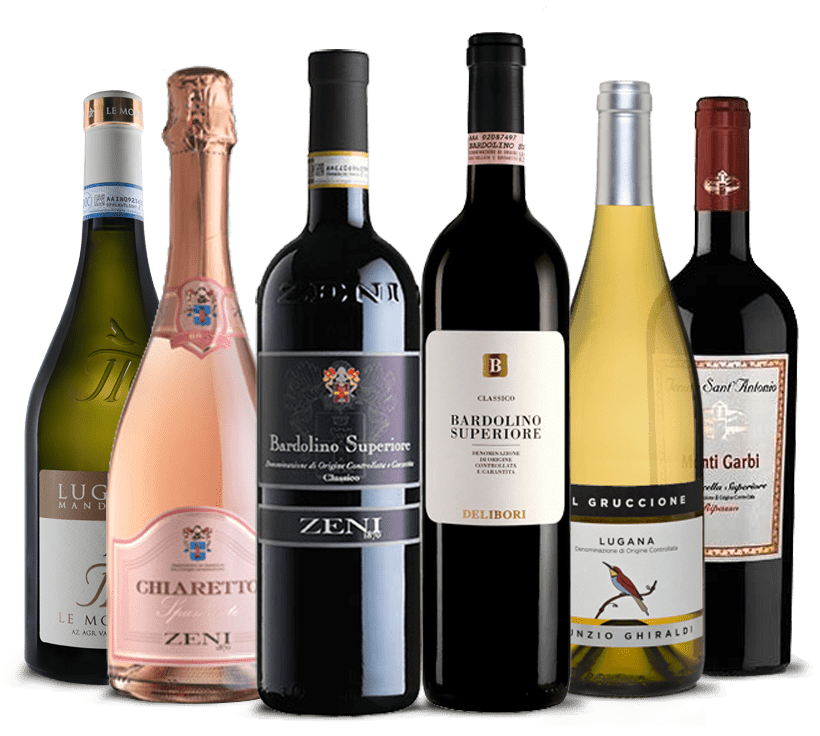
Choosing the Right Wine Packaging
When selecting wine packaging, several factors come into play:
- Wine Type: The packaging should match the wine’s style and aging potential. For instance, delicate wines may benefit from cork closures, while screw caps are ideal for wines meant for immediate consumption.
- Audience: Consider the preferences of your target audience. Younger consumers might gravitate toward innovative packaging options, while traditionalists may prefer classic glass bottles.
- Occasion: The packaging should suit the occasion for which the wine is intended. Special occasions may call for premium packaging, while everyday wines can be more practical.
Innovations in Wine Packaging
The wine industry continually evolves, and packaging is no exception. Innovations include:
- Augmented Reality Labels: Labels that come to life through augmented reality apps, offering immersive experiences and additional information.
- Smart Packaging: Packaging with embedded sensors that monitor temperature, humidity, and other factors to ensure optimal storage conditions.
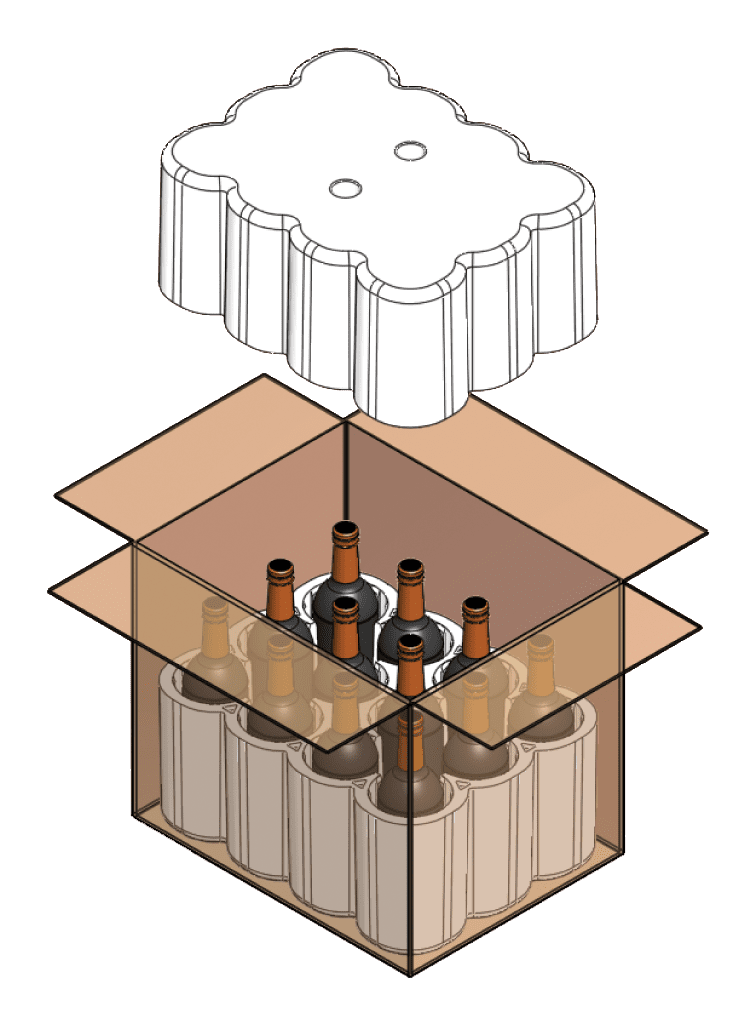
Conclusion
Wine packaging is a blend of artistry, science, and storytelling. It encompasses various options designed to preserve the wine’s quality, enhance brand identity, and elevate the consumer experience. From glass bottles to sustainable solutions, wine packaging plays a critical role in presenting the wine’s character and enhancing its journey from the vineyard to the consumer’s glass. As the wine industry continues to evolve, packaging will remain a crucial avenue for innovation, creativity, and connection with wine enthusiasts worldwide.
If you are interested in wine packaging, then partner with Brown Packaging today to get started.
Corrugated board comes in multiple flute sizes and wall grades, each designed to balance strength, weight, and cost. Selecting the wrong grade can lead to
As tariff changes reshape global trade, packaging buyers moving production from China to the U.S. or nearshore regions face a new challenge: supplier qualification. Transitioning
With new tariff proposals and continued trade uncertainty, 2026 is shaping up to be another pivotal year for packaging sourcing strategy. Many companies that shifted
Following multiple rounds of tariff changes and trade policy adjustments, 2026 marks a turning point for U.S. packaging buyers. Many who previously transitioned from China
Shifting packaging production from China to the U.S. can help stabilize costs, reduce tariff exposure, and shorten lead times. But the transition process requires careful
RSC boxes are known for their efficiency and versatility, but their performance ultimately comes down to strength. Buyers often see numbers like ECT, BCT, and
Home » Wine Packaging Explained: A Guide to Storing and Displaying Wine

Wine, the elixir of celebration and sophistication, demands packaging that not only safeguards its integrity but also reflects its prestige. Whether you’re a winery owner,
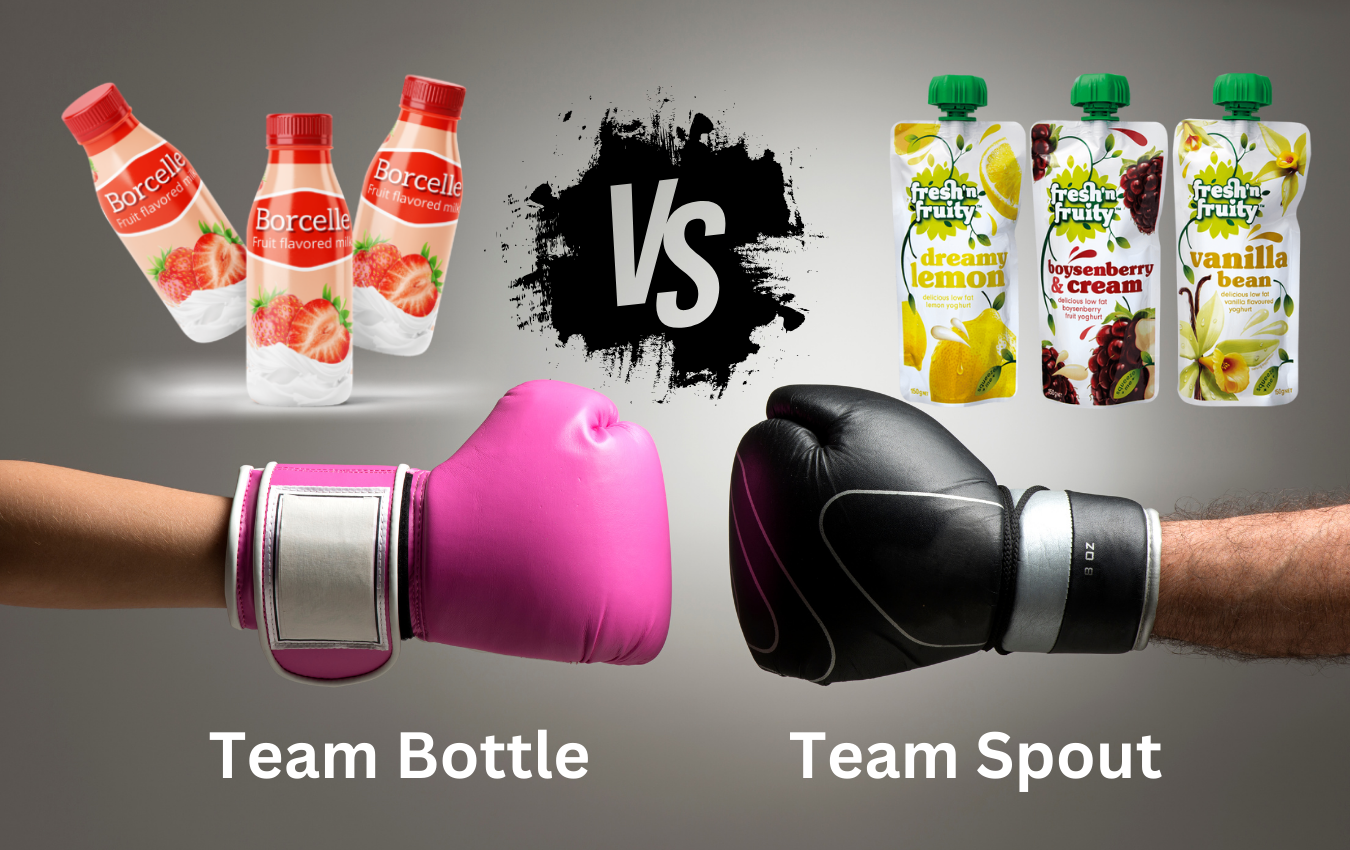
When it comes to packaging liquids and semi-liquids, two popular options are spout pouches and traditional bottle packaging. Both have their advantages and disadvantages, making


